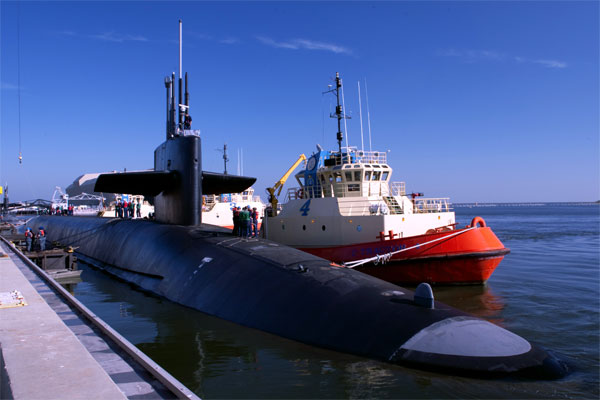DUNLAP, Calif. (KFSN) --
The largest wildfire in California is creating problems this Labor
Day weekend. Communities and campgrounds near the Rough Fire are dealing
with extremely poor air quality. The fire has burned more than 83,000
acres and is still just 25 percent contained.All campgrounds in Kings Canyon are temporarily closed until further notice because of the smoke impacts. Today, areas like Wishon Reservoir, Cedar Grove and Hume Lake are seeing unhealthy levels, according to the air quality index.
About a week after permanent residents of Hume Lake were allowed to go back to their homes, most staff of Hume Lake Christian Camps are once again leaving the area because of the smoke. Executive director Dathan Brown says the decision was made after listening to recommendations from health officials.
Hume Lake Christian Camps is also canceling all on campus activities, including retreats, through Oct. 4. Brown says the camp still has to clean up the significant smoke damage to some of their buildings.
Rough Fire - Basic Information
Size: 83,446 Acres
Contanment: 25 percent
Total personel: 1,902
ROUGH FIRE - INCIDENT OVERVIEW
There are no evacuations or evacuation warnings in effect, this includes the Hume Lake Area.
The Rough Fire has grown to 83,446 acres and is currently the largest active fire in California. There are 1,902 personnel currently assigned to the Rough Fire. Containment remains at 25%. Rough Fire Information: (559) 332-2028. The information line is located at the Incident Command Post in Squaw Valley on Highway 180.
There will be another community meeting regarding the Rough Fire on Friday September 4, 2015 at 6:30 p.m. at Dunlap School, 39667 Dunlap Rd. Dunlap, CA 93621. The meeting will be hosted by California Interagency Incident Management Team 3.
Air Quality Today (Download PDF)
Heavy concentrations of smoke are expected near the fire today. Smoke will be slow to lift and transport will primarily terrain and diurnally driven. Smoke that does rise out of Kings Canyon, will be slowly transported to the north, with potential impacts in the Owens Valley. Residual smoke that has not cleared the area, will add to impacts from new smoke being produced. Unhealthy to Very Unhealthy conditions are expected in communities near the fire.
It is important to remember that public and firefighter safety is the first priority. Please drive with extreme caution as there is a significant amount of large, heavy equipment moving around the area. Drive with your lights on to make yourself more visible, especially in the morning and evening hours. Remember to wear your seatbelts at all times. Do not drive while talking or texting on your cell phone. Distracted driving is a leading cause of accidents.
Various types of aircraft are used in support of firefighting efforts. There has been a combination of both fixed wing aircraft and helicopters used during the suppression efforts on the Rough Fire. The aircraft is managed by an Air Operations Branch Director.
All campgrounds in Kings Canyon National Park are now closed until further notice. - The Kings Canyon Visitor Center will be open with modified hours: 10 a.m.-5 p.m. - The General Grant Tree, Panoramic Point, park trails, John Muir Lodge, Grant Grove Cabins, restaurant, market, and gift shop are open.
Recreation opportunities on the Hume Lake Ranger District have been impacted by the Rough Fire. Stony Creek Village Resort will be open for day use through the Labor Day weekend. Montecito Lake Resort is closed.
The Sierra National Forest is host to two fire lookout towers on the High Sierra Ranger District. The two towers were placed on the National Historic Lookout Register in 1999. The towers play an active role in detection of several lightning fires each year.
Fire crews are coordinating closely with agency resource advisors to protect natural and cultural resources at risk in Converse Basin. Approximately 12,000 feet of hose has been placed to protect the Boole Tree, Chicago Stump and sensitive wildlife habitats in that area. Relics of both prehistoric and historic use remain in the grove, but remember; all these items are protected by law and must remain in the woods. The oldest verified sequoia stump is in Converse Basin Grove and is just over 3,200 years old.
Due to current fire conditions, fire closures and/or restrictions on public lands are expected for the 2015 hunting season. If you plan to hunt on U. S. Forest Service lands this year, it is important to monitor the individual forest's websites for updates on forest closures and contact the California Department of Fish and Wildlife.
The suppression strategy for the Rough Fire will utilize a combination of direct, indirect and point protection. A key element of the plan is flexibility and the ability to apply the right resource, to the right task, at the right time, for the right duration. It is understood fireline will be constructed only where it is feasible and safe to do so. It is the responsibility of the Incident Commander and their staff to work with the Agency Administrators to ensure the plan is regularly reviewed and updated.
The importance of communication on large scale incidents can be summed up with a single word, Safety. With effective communication, fire personnel as well as the civilian population can be better protected from the dangers of fire and firefighting activities. For a video of Communications Unit Leader
The Rough Fire began July 31, 2015. On Tuesday, August 18, the Rough Fire spotted across the South Fork of the Kings River and crossed highway 180 in the area of Horseshoe Bend and became established in the Lockwood Creek Drainage. As a result of the fire crossing the river, the pre-planned evacuation of the Hume Lake area was implemented. Over 2,500 campers, hikers, employees, and residents were notified and safely evacuated from Hume Lake Christian Camp, private cabins, campgrounds, and the surrounding area in just over 2 hours.
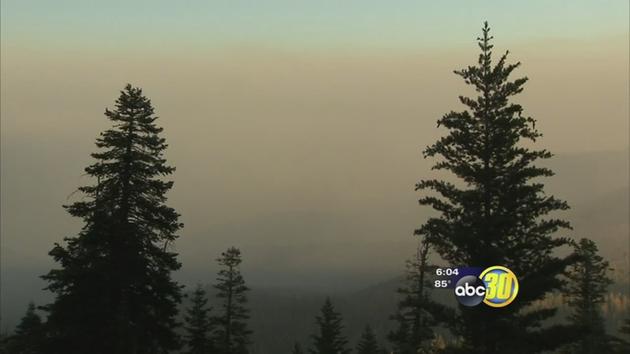



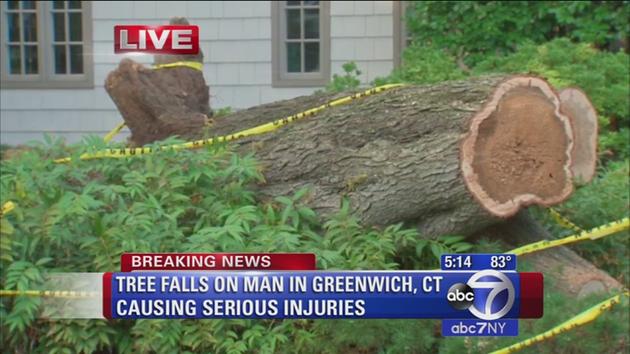

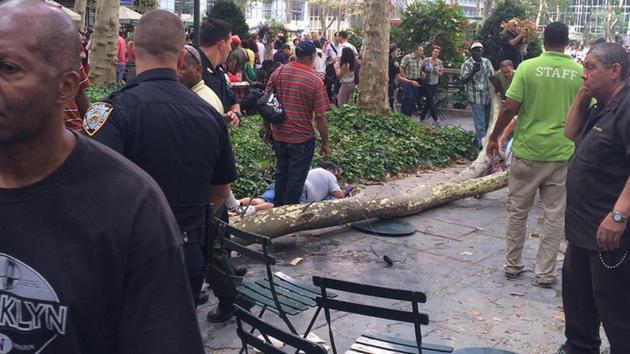














 Canada
Canada









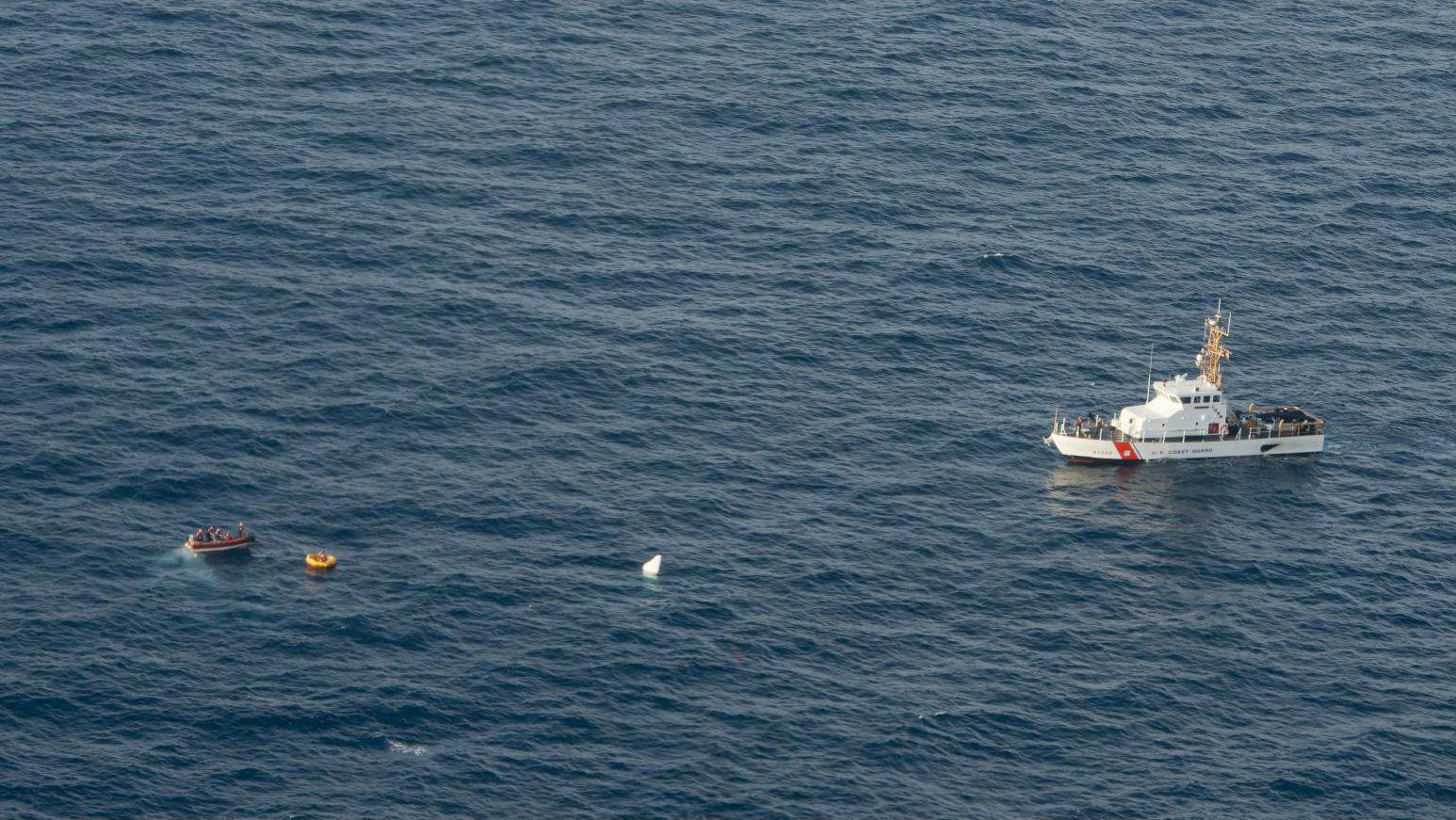 Stock Photo
Stock Photo 
